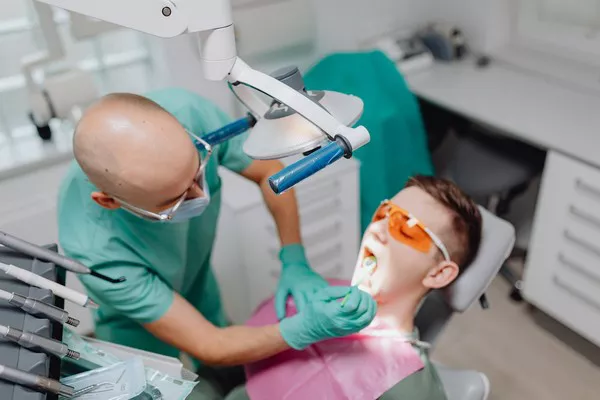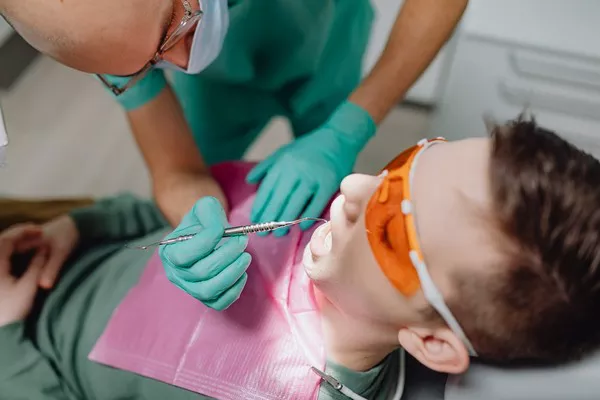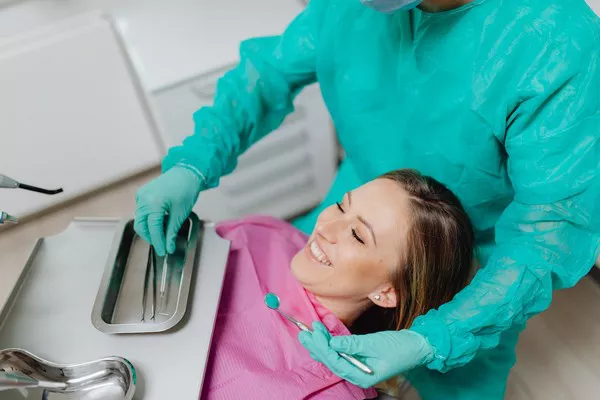A bright, radiant smile can greatly enhance one’s self-confidence and leave a positive impression on others. However, many individuals struggle with yellow teeth, which can be caused by various factors such as poor oral hygiene, certain foods and beverages, cigarette smoking, or age-related enamel thinning.
If you’re seeking ways to regain a whiter smile, it’s important to prioritize safe and effective methods. This article aims to provide you with valuable insights into proven strategies for tackling yellow teeth. By following these tips, you can take proactive steps towards achieving a pearly white smile once again.
Maintain a Consistent Oral Hygiene Routine
The first step in combating yellow teeth is to establish and maintain a diligent oral hygiene routine. This includes brushing your teeth at least twice a day using a fluoride toothpaste and a soft-bristle toothbrush. Additionally, make sure to floss daily to remove plaque and debris from hard-to-reach areas.
Consider incorporating an antiseptic mouthwash into your routine to kill bacteria that can cause tooth discoloration. Opt for mouthwashes specifically formulated for teeth whitening, which may contain mild bleaching agents or hydrogen peroxide to target surface stains and freshen breath.
Limit Stain-Causing Foods and Beverages
Certain foods and beverages are known to contribute to teeth staining. Reducing your consumption of these items can help prevent further discoloration:
a. Coffee and Tea: Both coffee and tea contain tannins, which can adhere to tooth enamel and result in stains over time. Consider reducing your intake or drinking through a straw to minimize contact with your teeth.
b. Wine: Both red and white wines can stain teeth due to their high acidity and chromogens. Rinse your mouth with water after consuming wine or pair it with cheese, which can help neutralize acids and protect your tooth enamel.
c. Berries: While berries are rich in antioxidants and nutrients, they can also stain teeth due to their vibrant pigments. Brush your teeth promptly after consuming berries or rinse your mouth with water to minimize staining.
d. Colored Sauces: Tomato sauce, soy sauce, and other deeply colored sauces have the potential to stain teeth. Be mindful of portion sizes and consider brushing your teeth shortly after consuming these types of sauces.
Quit Smoking
Smoking not only poses serious health risks but also contributes significantly to yellowing teeth. The nicotine and tar present in cigarettes can penetrate tooth enamel, leading to stubborn stains that are challenging to remove.
If you’re a smoker, quitting is the best course of action for both your oral health and overall well-being. Consult with your healthcare provider for guidance and support in quitting smoking. As you abstain from smoking, you’ll notice improvements in the color and appearance of your teeth over time.
Explore Professional Teeth Whitening Options (approx. 250 words)
For individuals seeking faster and more dramatic results, professional teeth whitening treatments offer an effective solution. These treatments are performed by dental professionals and can be tailored to your specific needs. Here are two popular options:
a. In-Office Teeth Whitening: This procedure involves applying a high-concentration bleaching gel directly to the teeth, which is then activated using a special light or laser. In-office whitening typically produces immediate results, lightening teeth by several shades in a single session.
b. Take-Home Teeth Whitening Kits: Your dentist may provide custom-made trays and a lower-concentration bleaching gel for home use. You will wear the trays as instructed by your dentist, usually for a few hours each day or overnight. Although it takes longer to achieve desired results compared to in-office treatments, take-home kits are convenient and can be effective for mild to moderate stains.
Natural Remedies for Teeth Whitening
If you prefer natural remedies, several options may help whiten your teeth to some extent:
a. Baking Soda: Mixing a small amount of baking soda with water to form a paste and brushing your teeth gently can help remove surface stains. However, limit its use to once or twice a week to avoid enamel erosion.
b. Hydrogen Peroxide: Diluted hydrogen peroxide is an ingredient found in many whitening toothpaste and mouthwash products. It can be effective in removing stains, but excessive use may cause tooth sensitivity. Consult your dentist before using hydrogen peroxide as a whitening agent.
c. Oil Pulling: Swishing coconut oil or sesame oil in your mouth for around 15 minutes daily is believed to help eliminate bacteria and plaque that cause tooth discoloration. Although oil pulling may not offer rapid results, it is a natural and safe practice for maintaining good.
Conclusion
It’s important to note that the effectiveness of these methods can vary depending on the underlying cause and severity of teeth discoloration. Consult with a dentist to determine the best approach for your specific situation.
Related Topics:





























